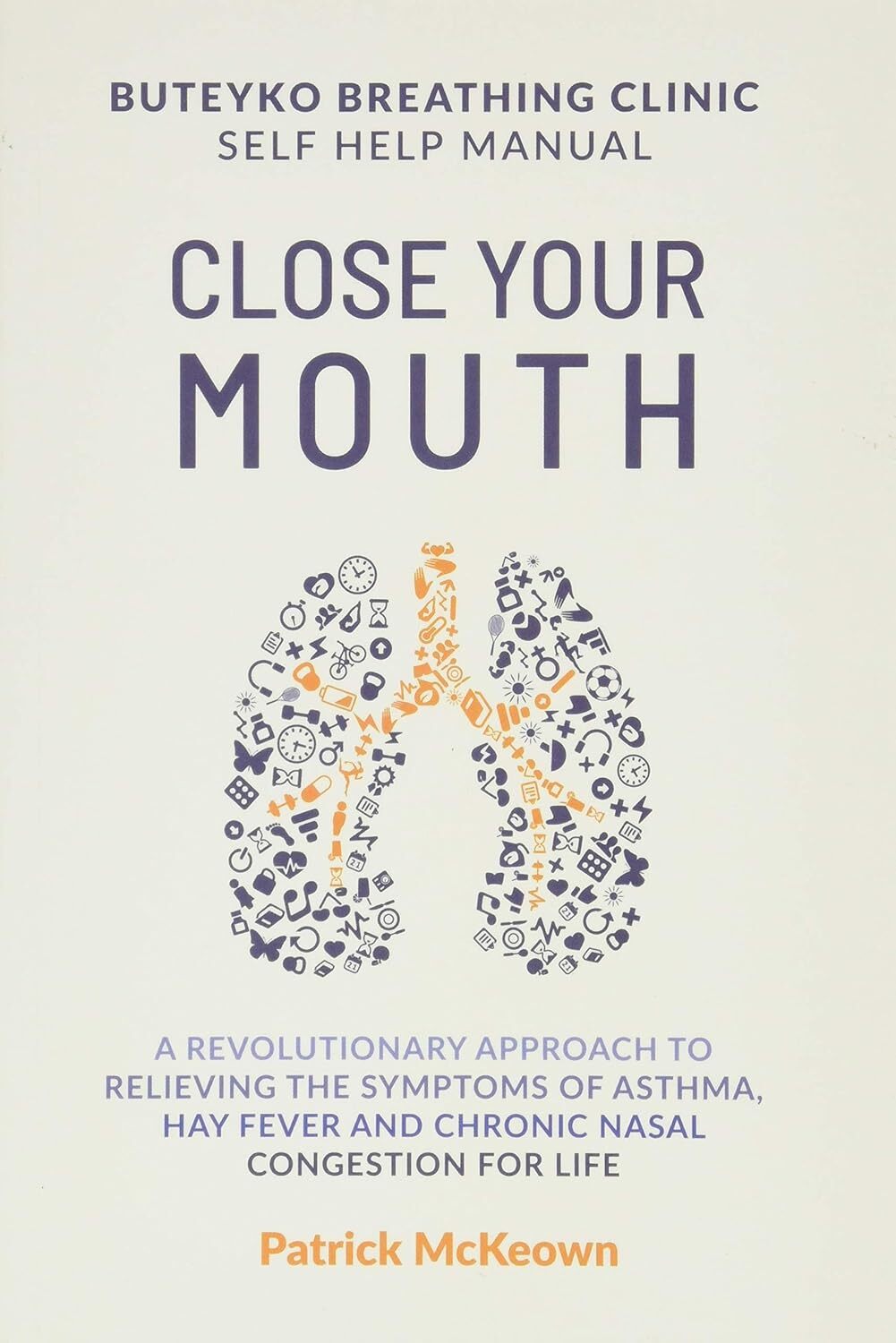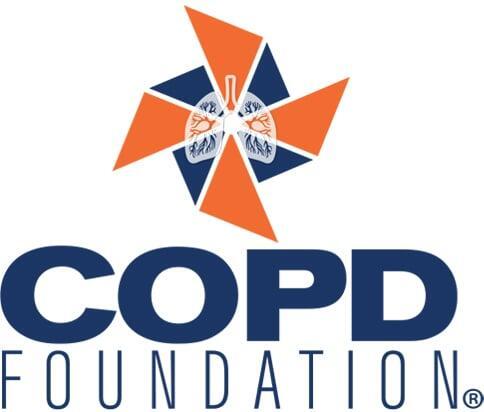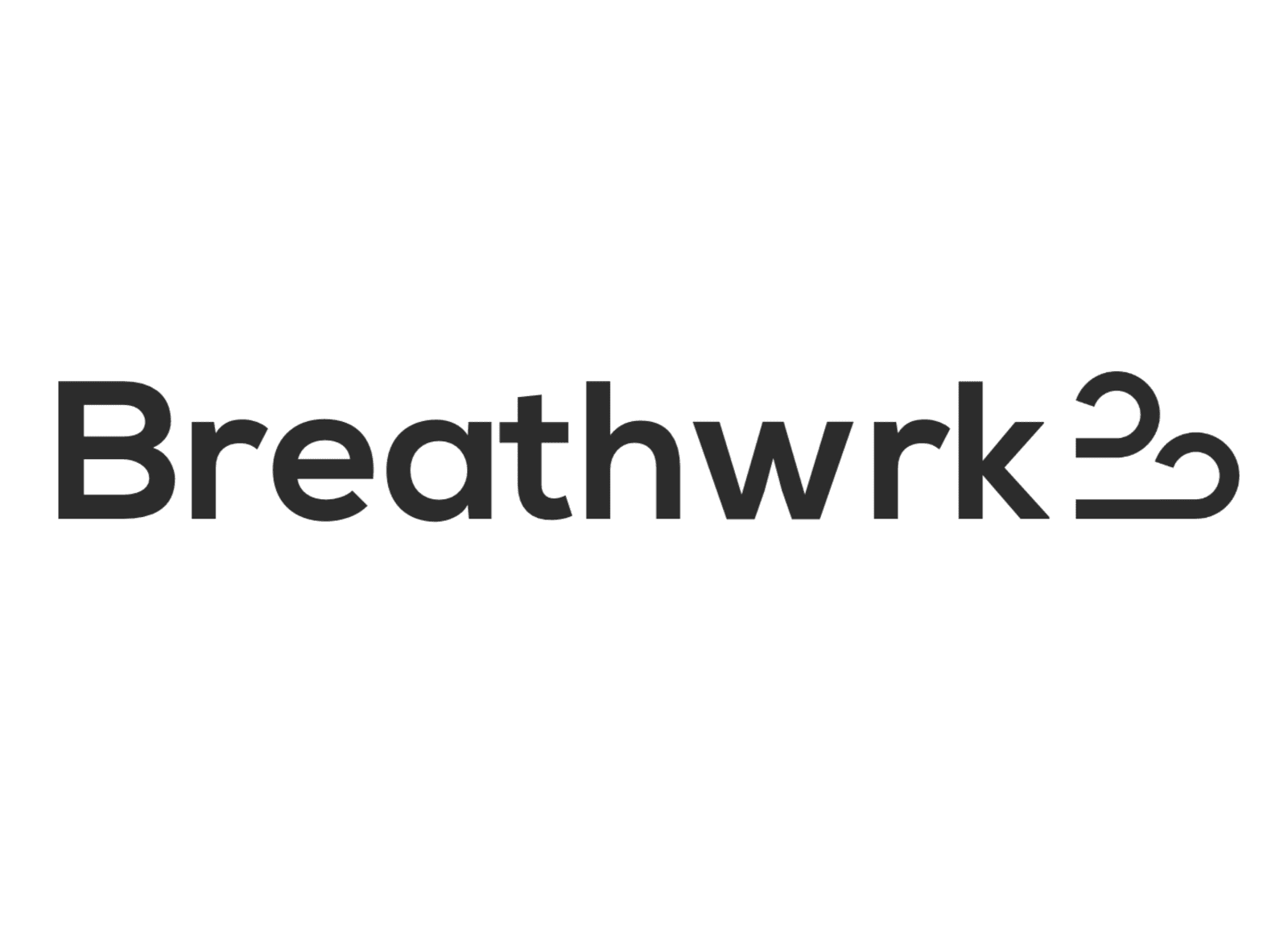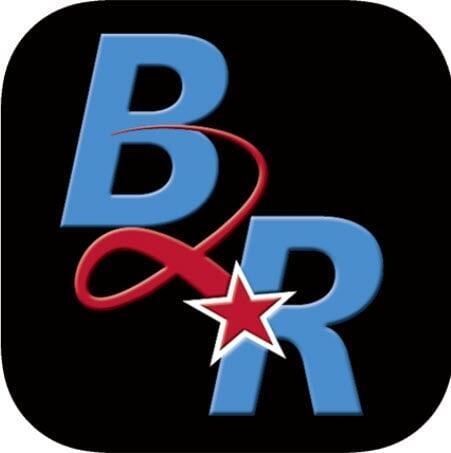Pursed Lip Breathing
Improve Lung Function and Reduce Stress with Controlled Exhalation

Introduction
Pursed Lip Breathing is a simple breathing technique that involves inhaling through the nose and exhaling slowly through pursed lips, as if whistling. This practice helps control shortness of breath, improve oxygen exchange, and promote relaxation. It is commonly used in pulmonary rehabilitation for conditions like COPD, asthma, and anxiety, enhancing lung efficiency and reducing the effort needed to breathe.
What You Need To Know
How To Do It
Instructions:
Helpful Tips:
- Start Slow: Begin with shorter sessions if you're new to the technique.
- Be Consistent: Practice several times a day to build habit and improve effectiveness.
- Use During Activity: Apply it while walking or climbing stairs to manage breathlessness.
- Combine with Diaphragmatic Breathing: Pair with belly breathing for enhanced benefits.
- Monitor Your Breath: Count silently to maintain the 1:2 inhale-to-exhale ratio.
- Stay Relaxed: Avoid tensing your face or shoulders during exhalation.
- Personalize It: Adjust counts based on comfort, like 3 in and 6 out.
- Track Improvements: Note changes in breathlessness or energy levels over time.
Related Topics:
Strongly Related
Reduce Stress:
[Links to related web pages]
[Links to related web pages]
[Links to related web pages][Links to related web pages]
Moderately Related
Issue B:
[Links to related web pages]
[Links to related web pages]












